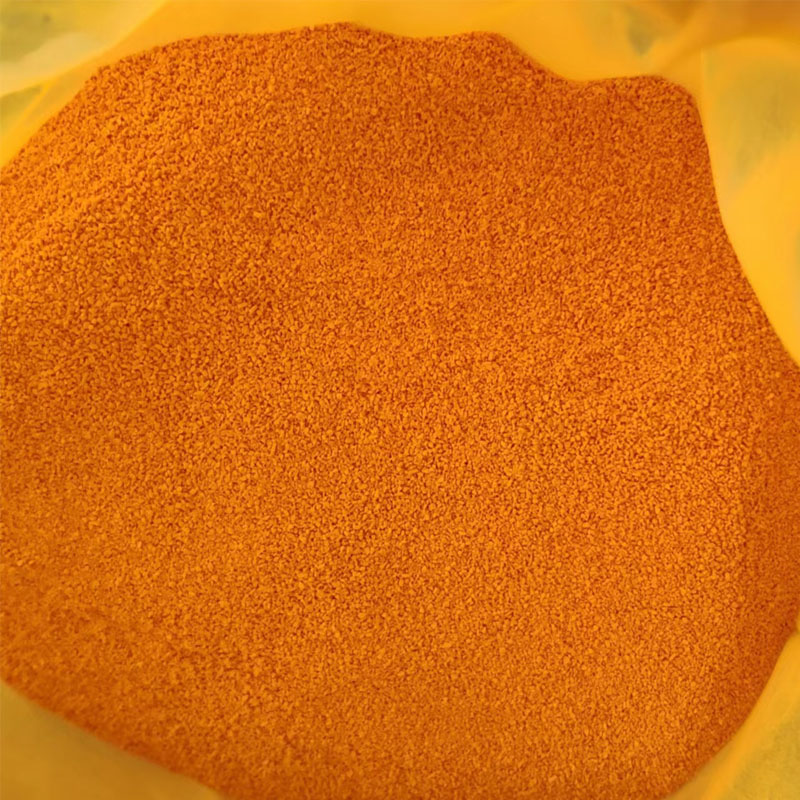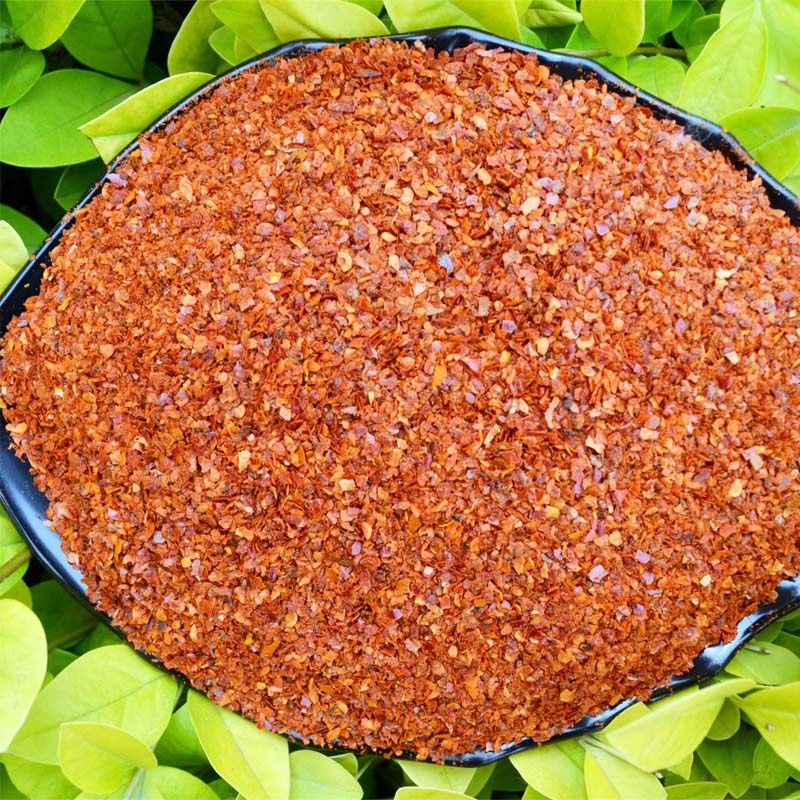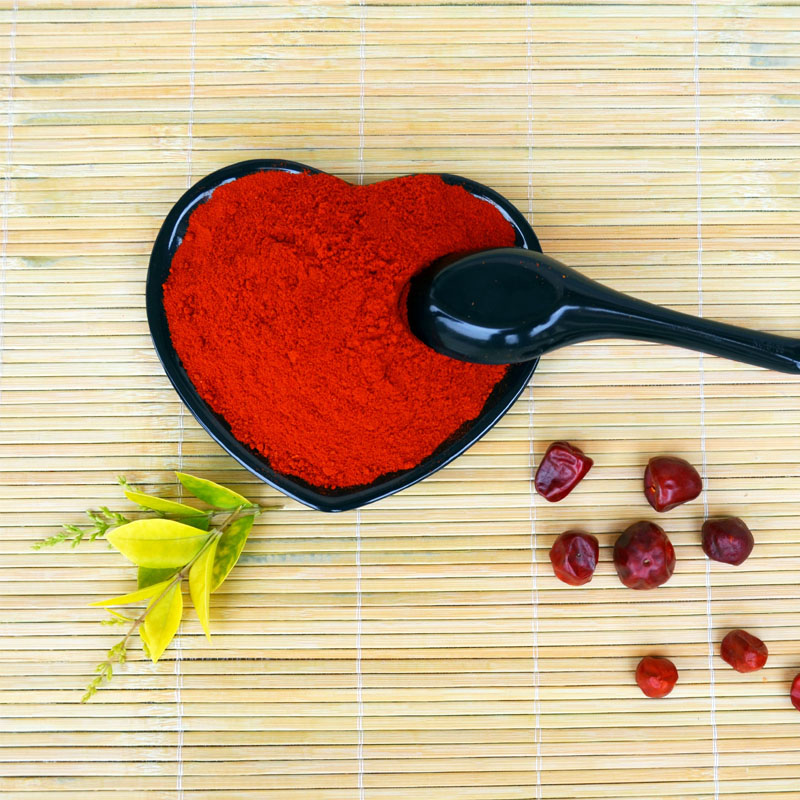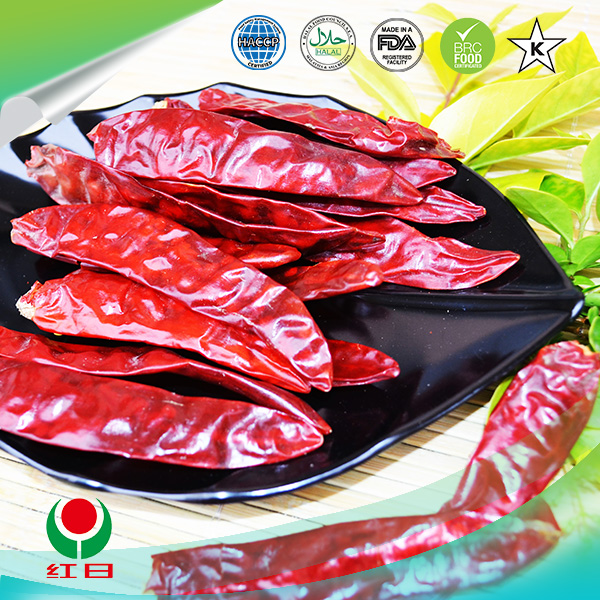- No. 268 Xianghe Street, Economic Development Zone of Xingtai city, Hebei 054001 China
- Byron@hbhongri.cn
Exploring the Versatile Uses and Benefits of Paprika in Culinary Delights
The Versatile Spice Paprika
Paprika, a vibrant and flavorful spice, has roots that trace back to Central America and has since journeyed across the globe to become a staple in various culinary traditions. Derived from dried and ground red peppers, paprika can vary significantly in flavor and heat depending on the type of pepper used and where it is cultivated. Its rich color and diverse flavor profile make it a popular choice among chefs and home cooks alike. In this article, we delve into the origins, types, culinary uses, and health benefits of paprika.
Origins and Cultivation
Paprika's history begins with the Capsicum annuum variety of pepper, which was first cultivated by indigenous peoples in the Americas. Following the arrival of Europeans in the 16th century, paprika made its way to Spain and Hungary, where it gained immense popularity. These two countries are now famous for their distinct styles of paprika. In Spain, paprika, or pimentón, is often smoked, giving it a rich and deep flavor, while Hungarian paprika, known for its sweet and sometimes spicy nature, is celebrated in dishes such as goulash.
The cultivation of paprika is typically done in temperate regions, with Hungary and Spain leading the production. These areas offer the perfect climate for growing the peppers needed for high-quality paprika. The peppers are harvested at maturity, dried, and then ground into a powder, resulting in the vibrant spice that has found its way into kitchens worldwide.
Types of Paprika
There are several varieties of paprika, each with its unique flavor profile and culinary application. The main types include
1. Sweet Paprika This is the mildest form, characterized by a sweet, slightly fruity flavor. It is commonly used in Hungarian dishes and provides a bright red color without adding heat.
2. Smoked Paprika Also known as pimentón, this variety is made from peppers that are dried over an oak fire, giving it a distinct smoky flavor. It is widely used in Spanish cuisine, particularly in stews and tapas.
paprika m

3. Hot Paprika This type packs a punch and is made from hotter pepper varieties. It can add both color and heat to dishes and is popular in various regions, especially in recipes that require a spicy kick.
4. Spanish Paprika This category encompasses both sweet and smoked varieties, showcasing the unique qualities of Spanish peppers. It is a quintessential ingredient in many traditional Spanish dishes.
Culinary Uses
Paprika is incredibly versatile and can be used in numerous ways in the kitchen. It adds depth and color to soups, stews, marinades, and sauces. It can be sprinkled over dishes as a garnish or used to rub onto meats before roasting. In addition to savory dishes, paprika can enhance the flavor of dips and spread, such as hummus, adding a delightful twist.
Moreover, paprika plays a crucial role in the presentation of a dish, as its vibrant red hue can elevate the visual appeal of any meal. Whether it’s sprinkled over a vibrant salad, a savory rice dish, or a comforting casserole, paprika brings not only flavor but also a delightful burst of color.
Health Benefits
Beyond its culinary appeal, paprika is also rich in nutrients. It contains vitamins A, C, and E, along with antioxidants that can help reduce inflammation and promote overall health. Some studies suggest that the capsaicin present in certain types of paprika may have pain-relieving properties and could even boost metabolism.
In conclusion, paprika is more than just a spice; it is a culinary treasure that has transcended geographical boundaries to enrich dishes worldwide. Its unique flavors, varieties, and health benefits make it a must-have in any kitchen. Whether you prefer it sweet, smoked, or hot, incorporating paprika into your cooking can elevate both the taste and visual charm of your meals. So, the next time you reach for this vibrant spice, remember the rich history and versatility it brings to your culinary adventures.
-
Turmeric Rhizome Powder: A Golden Treasure from Roots to TableNewsJul.28,2025
-
The Versatile Application Of Crushed Red Hot Peppers: Lighting Up The Red Flames On The Dining TableNewsJul.28,2025
-
The Paprika: A Touch Of Vibrant Red In Color, Flavor, And CultureNewsJul.28,2025
-
Ground Turmeric: A Modern Examination of an Ancient SpiceNewsJul.28,2025
-
Capsicum Liquid Extract: Features, Applications, and ChallengesNewsJul.28,2025
-
Application of Capsicum Liquid Extract in FoodNewsJul.28,2025







